It’s never too early to begin preparations for the calving season.
This article outlines a checklist of essential items to stock up on and activities that can be done in advance, that will help prepare you for the heavy workload that comes with springtime on dairy farms.

Use insemination dates and scanning results, if available, to predict your calving dates. \ Donal O'Leary
Disposable plastic gloves (long and short). Gel and paper towel. Easily accessible clean water.Calving ropes (minimum of two pairs). Calving jack.Oxytocin, calcium bottles/boluses, magnesium.Disinfectant for navel. Footbaths with disinfectant (change regularly), Colostrum (fresh or frozen supply from a reliable source) and brix refractometer to test.Three-litre bottle with a teat (have a minimum of two – a separate one for giving electrolytes to sick calves).Stomach tube that is fit for purpose. Calf tags, notebook/phone app
to record information.Infra-red lamp. Check calving sheds and equipment, not forgetting the calving camera before the calving season begins. Make sure that the calving jack, head gates and lighting are in working order. All gates should open and close easily, ensuring easy access to an escape route.Ensure that your shed is well ventilated but without draughts. Poor air flow can lead to a buildup of pathogens and moisture in your shed which can, in turn, make both cows and calves ill. If you need to carry out works to improve air flow, this should be done well in advance of calving. Cleanliness prior to and during calving is important to reduce the spread of disease. Have a separate pen for sick cows and avoid putting them in the calving shed. Having fresh bedding easily accessible makes it easier to keep pens clean and dry. Newborn calves need to be kept warm, with the optimal air temperature for calves under three weeks being 15° to 20°C.
This can be difficult to achieve in Ireland from January to April, especially in larger calf sheds, but there are ways to overcome this by ensuring the bedding is deep enough to allow calves to nest, adding an extra heat source (red light), using calf jackets, or creating cosy areas with straw bales.
If calves lie in damp conditions, they will not thrive and are more susceptible to disease.
The importance of a calf having a dry, warm bed is often underestimated.

The cow’s body condition score (BCS) impacts on stamina during parturition, calf vigour, and subsequent rebreeding. \ Donal O'Leary
Other points of consideration
Other important points to consider prior to the calving season include:
Nutrition: the nutritional needs of the dam are important both before and after calving. Diet is significant before calving due to the growing foetus, udder regeneration and to enable the production of good quality colostrum. The cow’s body condition score (BCS) impacts on stamina during parturition, calf vigour, and subsequent rebreeding. Ideally, cows should have a BCS of 2.75 to 3.25 at calving. Overfed and overfat cows can struggle with calving due to an accumulation of fat in the pelvis, making it difficult for the calf to fit through. Fat cows are also more susceptible to metabolic diseases like milk fever, ketosis and displaced abomasum. A high-quality pre-calver mineral, for at least six weeks before calving is essential. Trace element deficiencies are associated with higher incidences of still births, retained placenta and weak calves and magnesium supplementation before calving is important to prevent milk fever at calving. Feed at the recommended rate stated on the labelled product. If you have a particular deficiency on your farm, discuss with your veterinary practitioner and put a plan in place to deal with it.Use insemination dates and scanning results, if available, to predict your calving dates. This will allow you to generate a calving report, outlining the expected calving date for each animal or if they are carrying twins, etc. This is important if you want to batch cows, according to their due date, and allows you to keep a closer eye on cows carrying twins and cows near calving. Herd health: ensure that all your cows’ vaccinations are up to date. If some diseases, such as calf scour, have previously been a problem on your farm, review these with your veterinary practitioner. Discuss the likely causes and what can be done to prevent it. This may involve vaccinating the cow at least three weeks pre-calving. Vaccination is one tool used to manage calf scours but not a silver bullet. If other management procedures are not followed, including good hygiene, housing and colostrum management, then you will have poor success from a vaccination programme.Colostrum management: once born, a calf is dependent on the absorption of antibodies from colostrum (first milk after calving) to gain immunity until they develop their own immunity at three to four weeks of age. Timing is crucial, as not only does the calf’s ability to absorb antibodies decrease every hour from birth, stopping when the calf is 24 hours old, but as dairy cows immediately start to produce large amounts of milk their colostrum becomes diluted.
The simple rule is to use colostrum, from the first milking, for the first feed, within two hours of birth and give at least three litres (1-2-3 of colostrum management).
You can test the colostrum quality using the Brix refractometer which are readily available.
Make sure that everyone involved with newborn calves is aware of the feeding protocol for them and it helps to have this procedure clearly visible in the milk preparation area. Label and store any unused fresh, good-quality, clean colostrum in a fridge for 24 hours or in the freezer for 12 months, remembering that contaminated colostrum reduces the uptake of antibodies by the calf.
It’s never too early to begin preparations for the calving season.
This article outlines a checklist of essential items to stock up on and activities that can be done in advance, that will help prepare you for the heavy workload that comes with springtime on dairy farms.

Use insemination dates and scanning results, if available, to predict your calving dates. \ Donal O'Leary
Disposable plastic gloves (long and short). Gel and paper towel. Easily accessible clean water.Calving ropes (minimum of two pairs). Calving jack.Oxytocin, calcium bottles/boluses, magnesium.Disinfectant for navel. Footbaths with disinfectant (change regularly), Colostrum (fresh or frozen supply from a reliable source) and brix refractometer to test.Three-litre bottle with a teat (have a minimum of two – a separate one for giving electrolytes to sick calves).Stomach tube that is fit for purpose. Calf tags, notebook/phone app
to record information.Infra-red lamp. Check calving sheds and equipment, not forgetting the calving camera before the calving season begins. Make sure that the calving jack, head gates and lighting are in working order. All gates should open and close easily, ensuring easy access to an escape route.Ensure that your shed is well ventilated but without draughts. Poor air flow can lead to a buildup of pathogens and moisture in your shed which can, in turn, make both cows and calves ill. If you need to carry out works to improve air flow, this should be done well in advance of calving. Cleanliness prior to and during calving is important to reduce the spread of disease. Have a separate pen for sick cows and avoid putting them in the calving shed. Having fresh bedding easily accessible makes it easier to keep pens clean and dry. Newborn calves need to be kept warm, with the optimal air temperature for calves under three weeks being 15° to 20°C.
This can be difficult to achieve in Ireland from January to April, especially in larger calf sheds, but there are ways to overcome this by ensuring the bedding is deep enough to allow calves to nest, adding an extra heat source (red light), using calf jackets, or creating cosy areas with straw bales.
If calves lie in damp conditions, they will not thrive and are more susceptible to disease.
The importance of a calf having a dry, warm bed is often underestimated.

The cow’s body condition score (BCS) impacts on stamina during parturition, calf vigour, and subsequent rebreeding. \ Donal O'Leary
Other points of consideration
Other important points to consider prior to the calving season include:
Nutrition: the nutritional needs of the dam are important both before and after calving. Diet is significant before calving due to the growing foetus, udder regeneration and to enable the production of good quality colostrum. The cow’s body condition score (BCS) impacts on stamina during parturition, calf vigour, and subsequent rebreeding. Ideally, cows should have a BCS of 2.75 to 3.25 at calving. Overfed and overfat cows can struggle with calving due to an accumulation of fat in the pelvis, making it difficult for the calf to fit through. Fat cows are also more susceptible to metabolic diseases like milk fever, ketosis and displaced abomasum. A high-quality pre-calver mineral, for at least six weeks before calving is essential. Trace element deficiencies are associated with higher incidences of still births, retained placenta and weak calves and magnesium supplementation before calving is important to prevent milk fever at calving. Feed at the recommended rate stated on the labelled product. If you have a particular deficiency on your farm, discuss with your veterinary practitioner and put a plan in place to deal with it.Use insemination dates and scanning results, if available, to predict your calving dates. This will allow you to generate a calving report, outlining the expected calving date for each animal or if they are carrying twins, etc. This is important if you want to batch cows, according to their due date, and allows you to keep a closer eye on cows carrying twins and cows near calving. Herd health: ensure that all your cows’ vaccinations are up to date. If some diseases, such as calf scour, have previously been a problem on your farm, review these with your veterinary practitioner. Discuss the likely causes and what can be done to prevent it. This may involve vaccinating the cow at least three weeks pre-calving. Vaccination is one tool used to manage calf scours but not a silver bullet. If other management procedures are not followed, including good hygiene, housing and colostrum management, then you will have poor success from a vaccination programme.Colostrum management: once born, a calf is dependent on the absorption of antibodies from colostrum (first milk after calving) to gain immunity until they develop their own immunity at three to four weeks of age. Timing is crucial, as not only does the calf’s ability to absorb antibodies decrease every hour from birth, stopping when the calf is 24 hours old, but as dairy cows immediately start to produce large amounts of milk their colostrum becomes diluted.
The simple rule is to use colostrum, from the first milking, for the first feed, within two hours of birth and give at least three litres (1-2-3 of colostrum management).
You can test the colostrum quality using the Brix refractometer which are readily available.
Make sure that everyone involved with newborn calves is aware of the feeding protocol for them and it helps to have this procedure clearly visible in the milk preparation area. Label and store any unused fresh, good-quality, clean colostrum in a fridge for 24 hours or in the freezer for 12 months, remembering that contaminated colostrum reduces the uptake of antibodies by the calf.






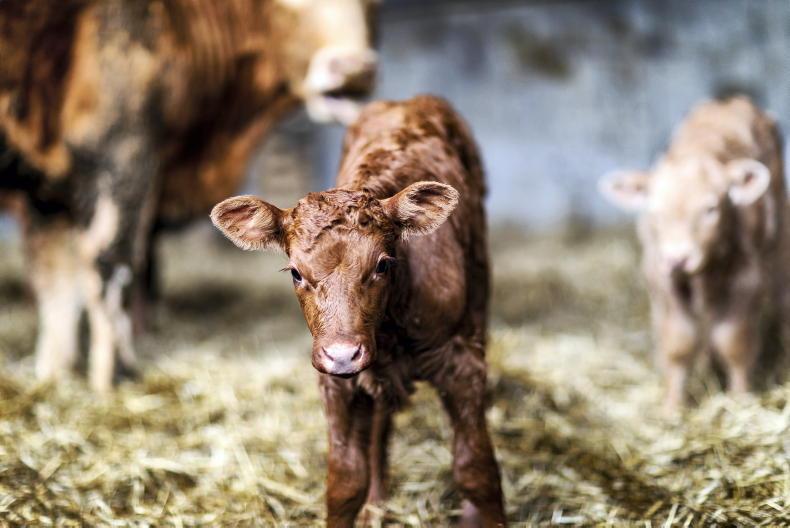
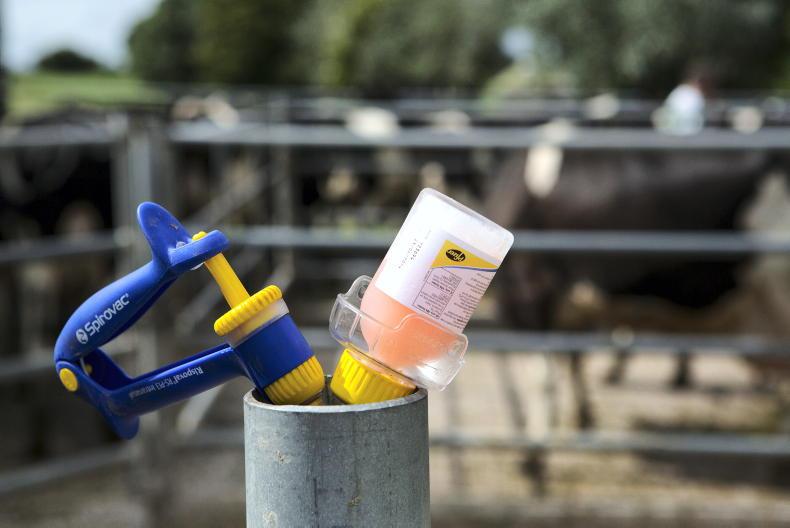
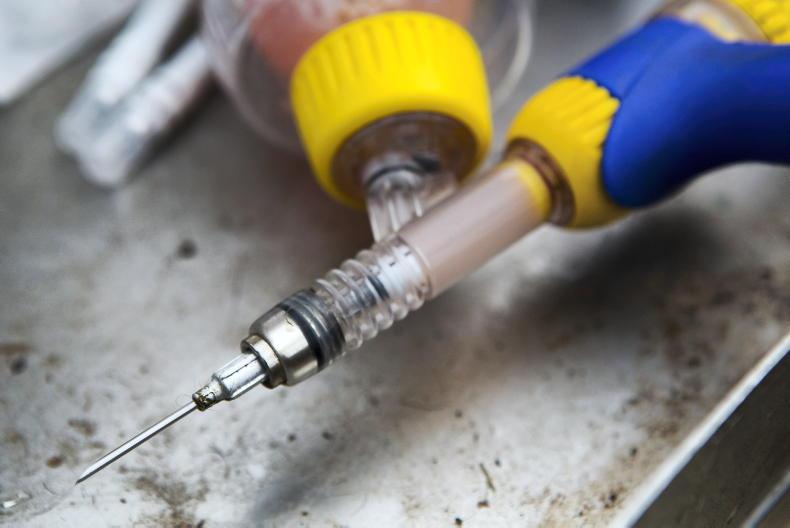
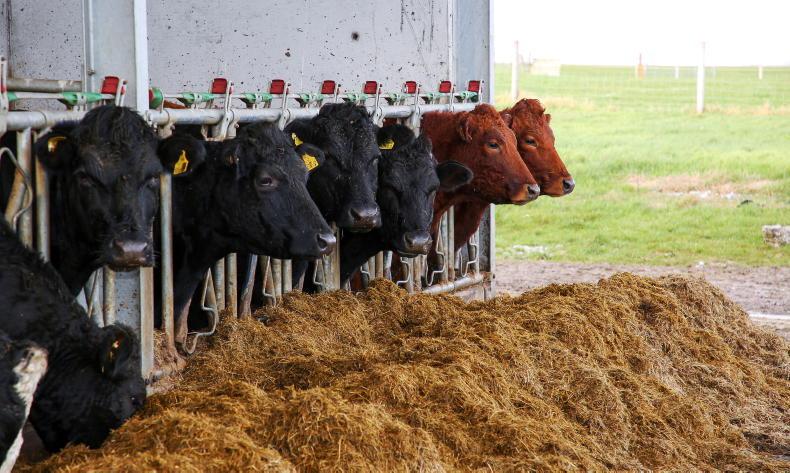
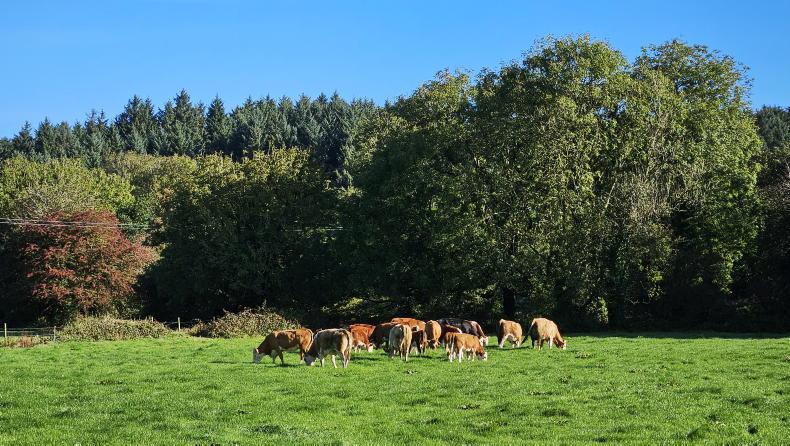
SHARING OPTIONS